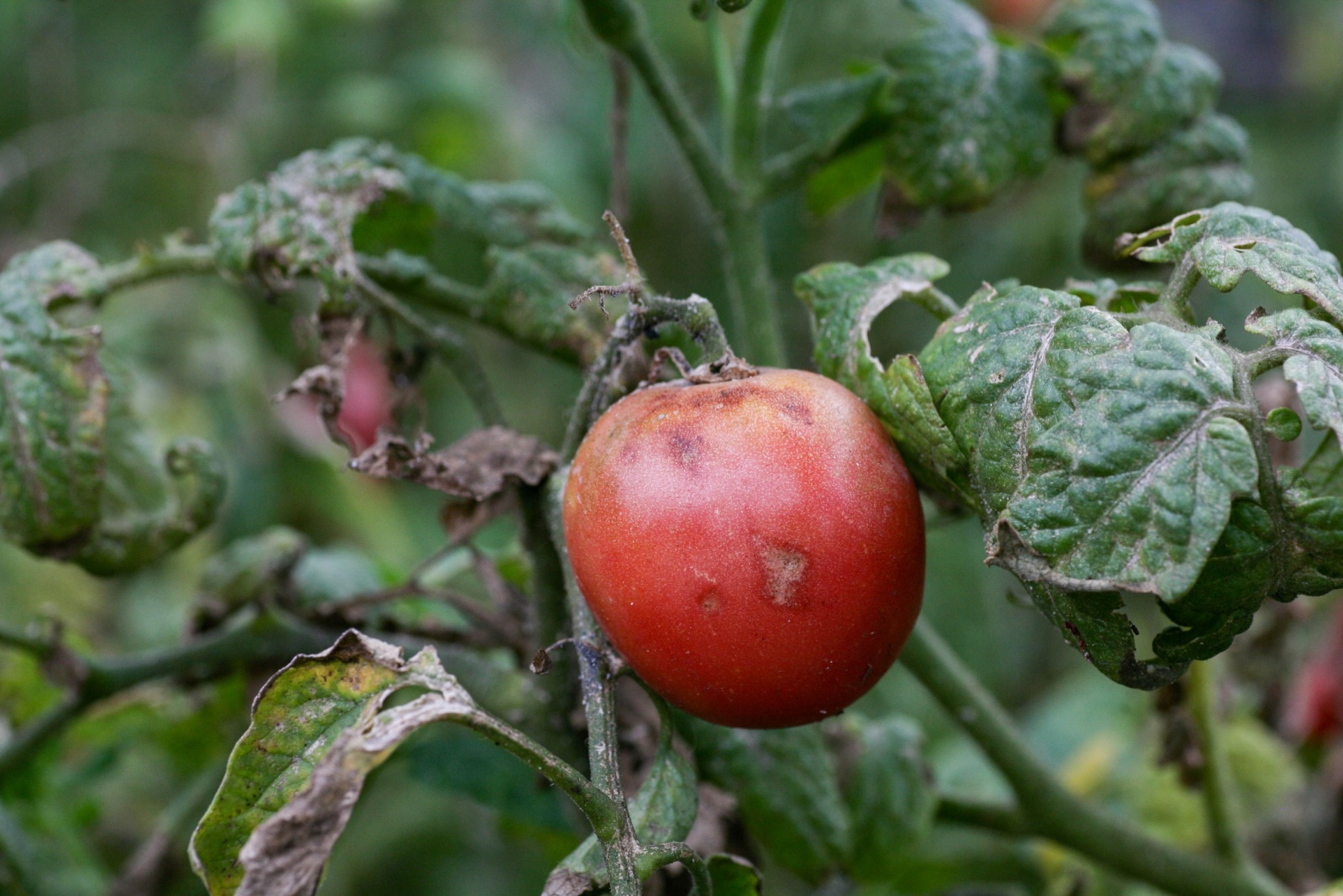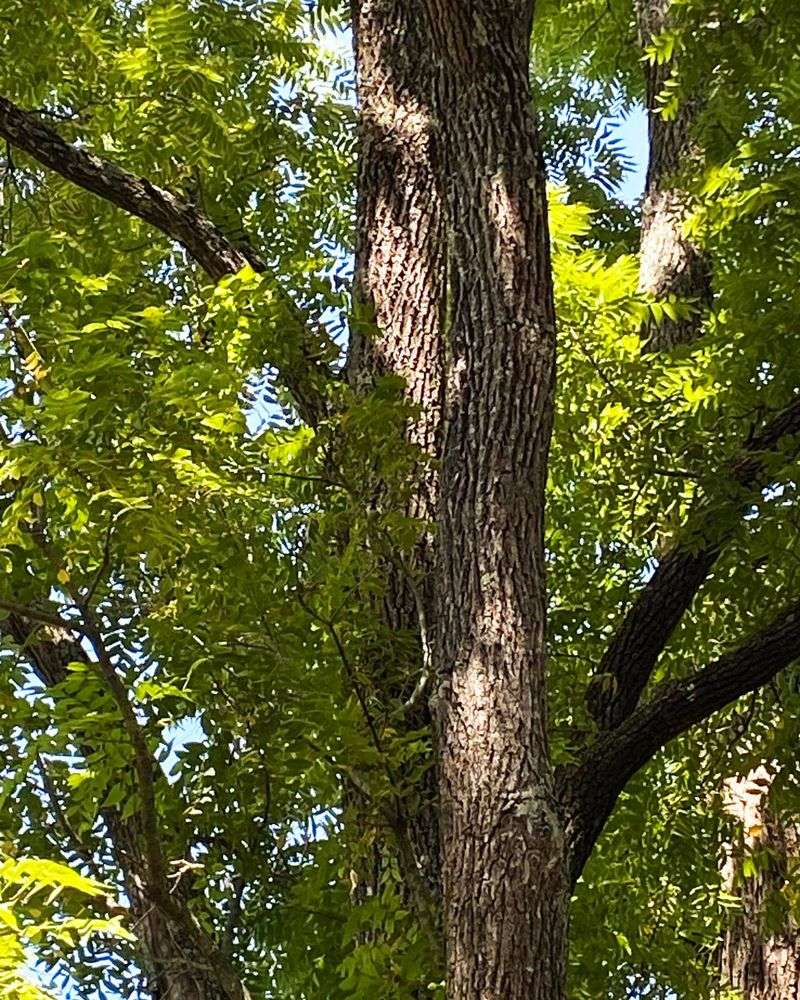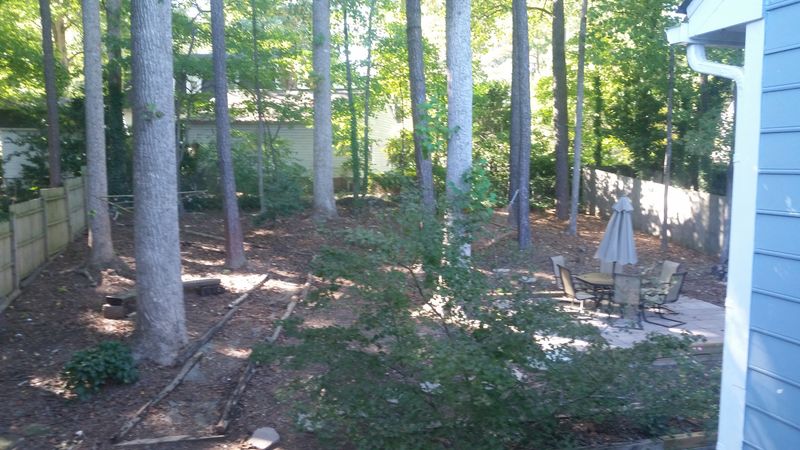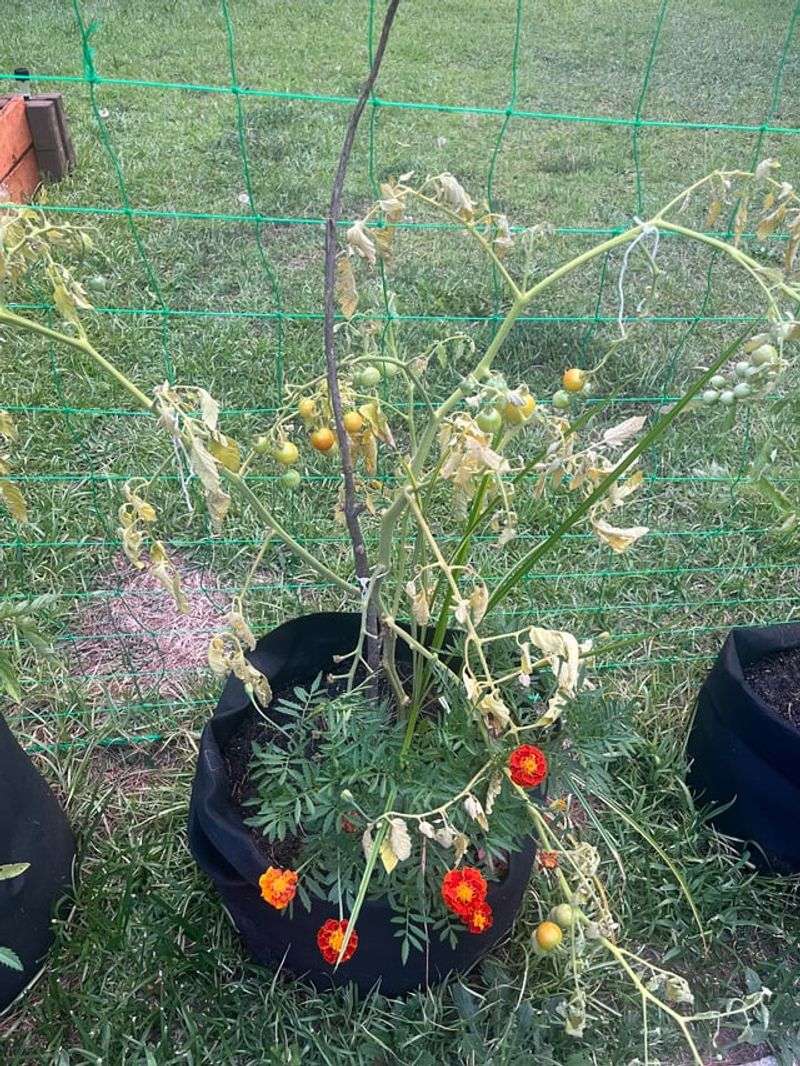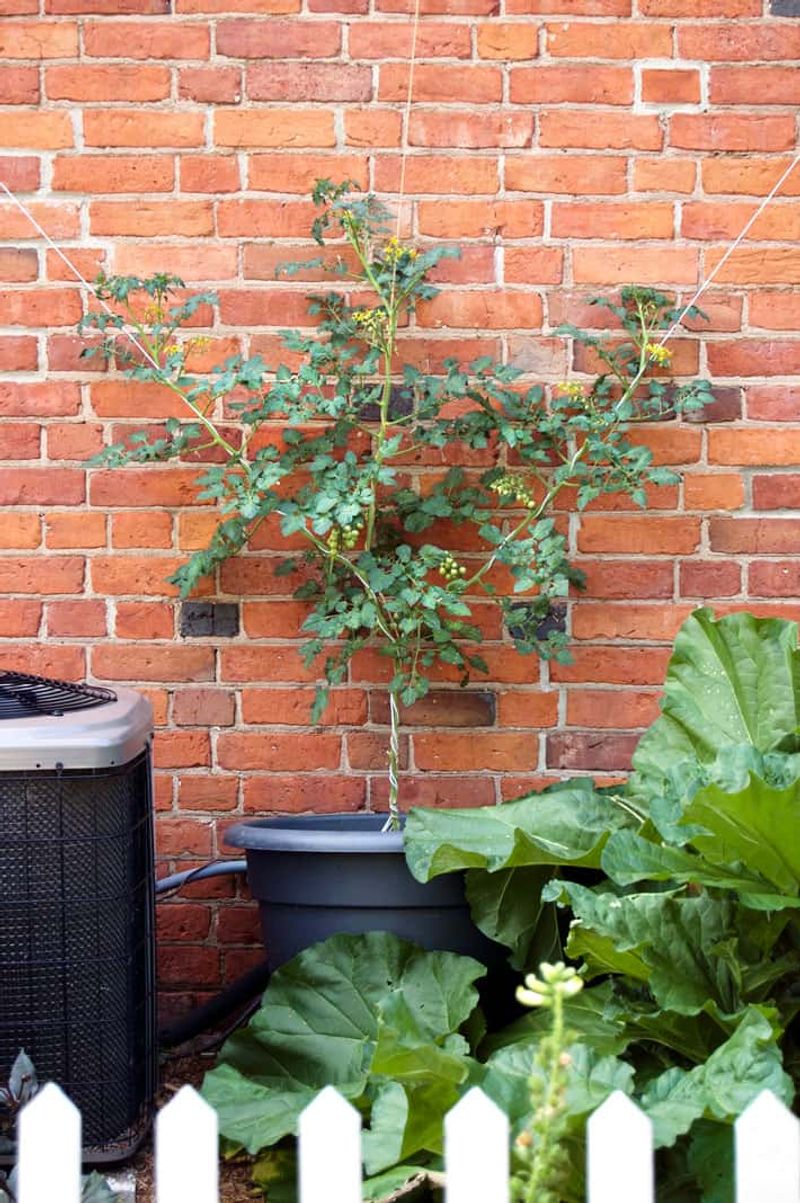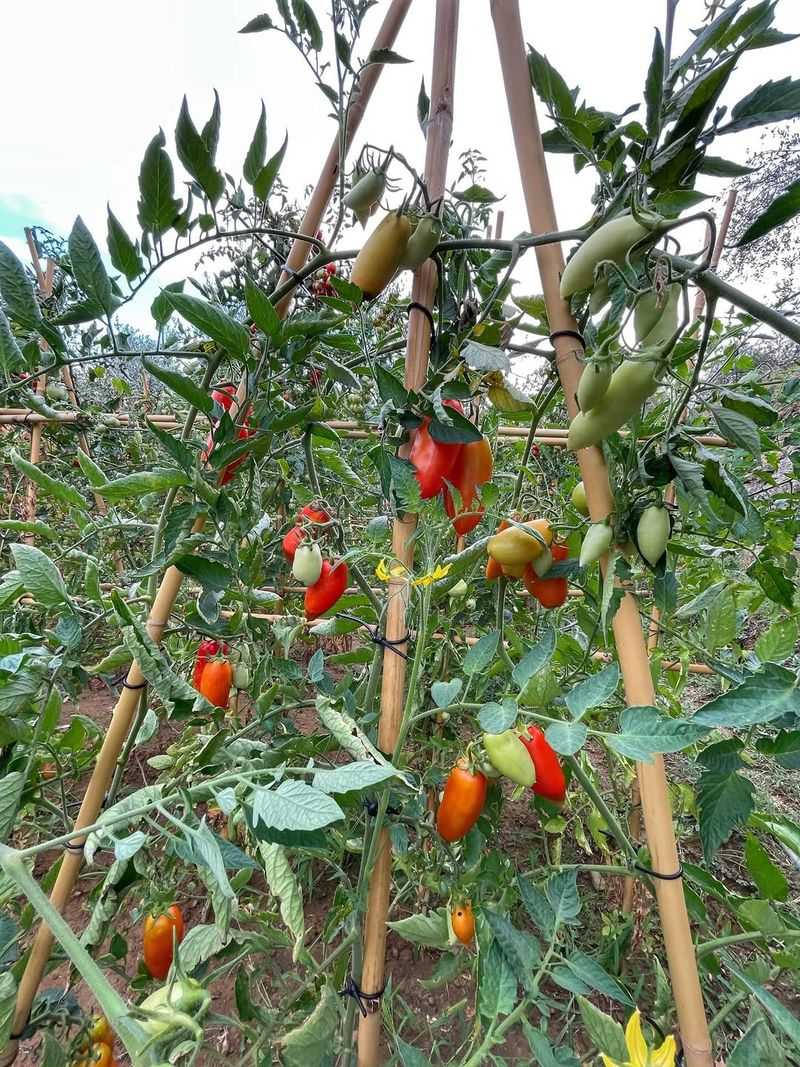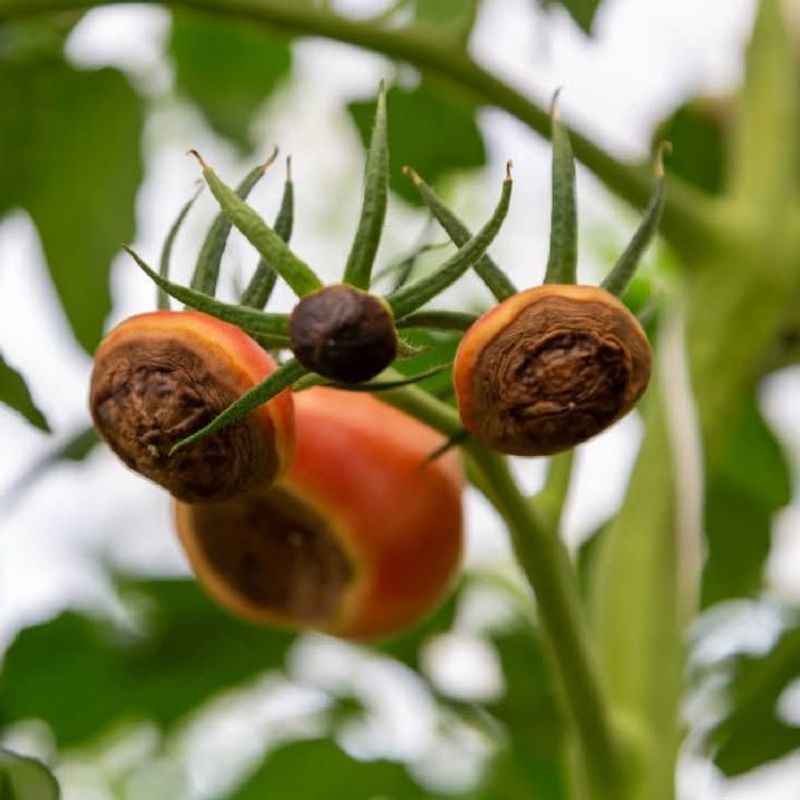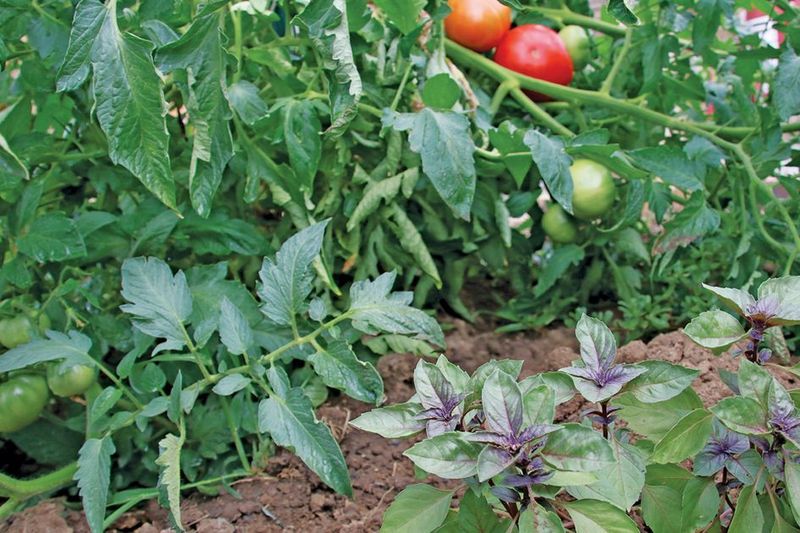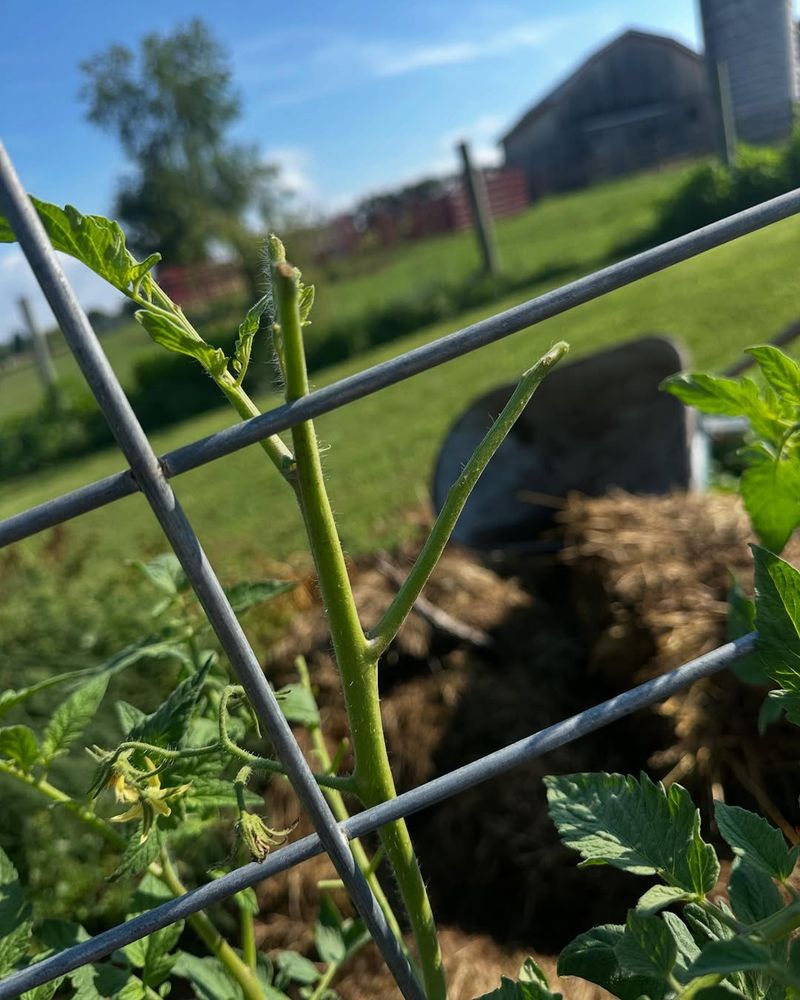Growing tomatoes in Texas can be incredibly rewarding, but choosing the wrong spot can turn your garden dreams into a frustrating disaster. Texas weather brings intense heat, unpredictable storms, and unique soil conditions that demand smart planting decisions.
Knowing where NOT to plant your tomatoes is just as important as knowing the best spots, and avoiding these common mistakes will help you grow healthier plants and enjoy a bountiful harvest.
1. Right Next To Black Walnut Trees
Black walnut trees release a toxic chemical called juglone through their roots, leaves, and nuts. This substance poisons tomato plants, causing them to wilt, turn yellow, and eventually die within days.
The toxin spreads through the soil in a wide circle around the tree, sometimes reaching 50 feet or more. Even fallen leaves can contaminate your garden bed.
If you have black walnuts on your property, keep tomatoes far away or choose a completely different area for your vegetable garden.
2. In Full Shade Under Dense Tree Canopies
Tomatoes are sun-loving plants that need at least six to eight hours of direct sunlight daily to produce fruit. Planting them under thick tree branches creates a dark environment where they struggle to photosynthesize properly.
Without adequate light, your plants will grow tall and spindly, searching desperately for sunshine. They’ll produce few flowers and even fewer tomatoes.
Trees also compete for water and nutrients, leaving your tomatoes starving. Always choose the sunniest spot in your yard for the best results.
3. Low-Lying Areas That Collect Standing Water
Tomato roots need oxygen to thrive, but waterlogged soil suffocates them quickly. Low spots in your garden naturally collect rainwater and irrigation runoff, creating swampy conditions that invite root rot and fungal diseases.
Texas thunderstorms can dump several inches of rain in minutes, turning these areas into temporary ponds. Your tomato plants will drown before you can save them.
Always plant on higher ground or in raised beds with excellent drainage to protect your investment and ensure healthy root development.
4. Against South-Facing Brick Or Stone Walls
While tomatoes love warmth, Texas summers can be brutal, and south-facing masonry walls amplify the heat to dangerous levels. Brick and stone absorb sunlight all day, then radiate that stored heat back onto your plants throughout the night.
This creates an oven-like microclimate that can literally cook your tomatoes, causing sunscald, blossom drop, and leaf burn. Temperatures near these walls can climb 15-20 degrees higher than surrounding areas.
Choose east-facing walls instead, or plant several feet away where afternoon shade provides relief.
5. Where You Grew Peppers Or Eggplants Last Year
Crop rotation isn’t just fancy gardening talk—it’s essential disease prevention. Tomatoes belong to the nightshade family, along with peppers, eggplants, and potatoes, and they all suffer from similar soil-borne diseases.
Planting tomatoes where these relatives grew last season allows pathogens like verticillium wilt and fusarium to attack your new plants immediately. These fungi survive winter in the soil, waiting patiently for another host.
Rotate your nightshades to different beds each year, waiting at least three years before returning to the same spot.
6. In Heavily Compacted Clay Soil
Texas clay soil is notoriously difficult for gardening, forming rock-hard clumps that tomato roots simply cannot penetrate. When soil is compacted, water pools on the surface instead of soaking in, and roots suffocate from lack of air pockets.
Your plants will remain stunted, with yellowing leaves and minimal fruit production. They’re essentially trapped in cement.
Before planting tomatoes in clay areas, amend the soil heavily with compost, peat moss, and sand, or build raised beds filled with quality garden soil for instant success.
7. Too Close To Aggressive Root Systems
Trees and large shrubs have extensive root systems that spread far beyond their canopies, stealing water and nutrients from everything nearby. Tomatoes planted within this competitive zone will always lose the battle for resources.
Oak, pecan, and elm trees are particularly aggressive, with roots that can extend two to three times wider than their branches. Your tomatoes will show signs of stress—wilting, yellowing, and poor growth—no matter how much you water or fertilize.
Maintain at least a 10-foot buffer zone between tomatoes and established trees whenever possible.
8. In Windy, Unprotected Open Spaces
Texas winds can be relentless, especially in spring when you’re planting tomatoes. Constant wind stress causes physical damage—broken stems, torn leaves, and knocked-over plants—while also increasing water loss through rapid evaporation.
Plants in exposed areas spend all their energy just staying upright instead of producing fruit. Wind-whipped foliage develops tough, leathery texture and reduced productivity.
Create natural windbreaks using fences, hedges, or taller companion plants like corn or sunflowers. Your tomatoes will grow stronger, healthier, and produce more abundantly with this simple protection.

